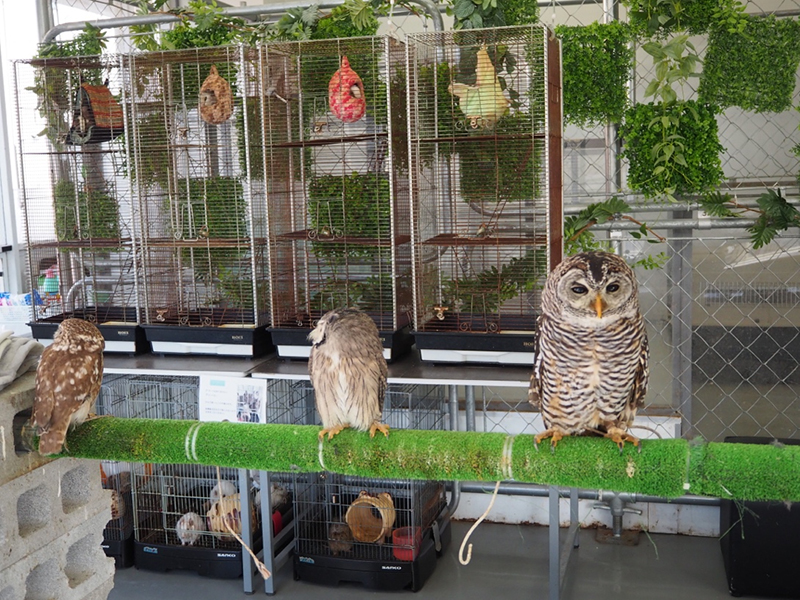2023-03-31 イリノイ大学アーバナ・シャンペーン校
従来の方法では、地域の気象観測からデータを収集し、将来のサンショウウオの生息地を予測していたが、実際には彼らは微小なエリアで生息しているため、微気候を調べることが重要だと示した。
結果として、従来の方法よりも多くの生息地を予測できたが、依然として生息地が55〜80%減少することがわかった。また、同時に、未来の気候シナリオにおいて生息地が増加する可能性がある場所を予測できた。研究者らは、これらのデータをもとに保全活動を行う必要があるとしている。
<関連情報>
- https://aces.illinois.edu/news/hope-salamanders-illinois-study-recalibrates-climate-change-effects
- https://www.sciencedirect.com/science/article/abs/pii/S1617138123000043?via%3Dihub
微気候種分布モデルは、サンショウウオの気候関連生息地損失のレベルを低く見積もる Microclimate species distribution models estimate lower levels of climate-related habitat loss for salamanders
Samuel F. Stickley, Jennifer M. Fraterrigo
Journal for Nature Conservation Available online: 6 January 2023
DOI:https://doi.org/10.1016/j.jnc.2023.126333

Highlights
- •Salamander distributions modeled with highly spatially resolved microclimate data.
- •Microclimate models predict less habitat loss than free-air temperature models.
- •Microclimate models detect areas of high suitability that are otherwise undervalued.
- •Models that account for forest buffering effects may enhance conservation planning.
Abstract
Species distribution models (SDMs) largely rely on free-air temperatures at coarse spatial resolutions to predict habitat suitability, potentially overlooking important microhabitat. Integrating microclimate data into SDMs may improve predictions of organismal responses to climate change and support targeting of conservation assets at biologically relevant scales, especially for small, dispersal-limited species vulnerable to climate-change-induced range loss. We integrated microclimate data that account for the buffering effects of forest vegetation into SDMs at a very high spatial resolution (3 m2) for three plethodontid salamander species in Great Smoky Mountains National Park (North Carolina and Tennessee). Microclimate SDMs were used to characterize potential changes to future plethodontid habitat, including habitat suitability and habitat spatial patterns. Additionally, we evaluated spatial discrepancies between predictions of habitat suitability developed with microclimate and coarse-resolution, free-air climate data. Microclimate SDMs indicated substantial losses to plethodontid ranges and highly suitable habitat by mid-century, but at much more conservative levels than coarse-resolution models. Coarse-resolution SDMs generally estimated higher mid-century losses to plethodontid habitat compared to microclimate models and consistently undervalued areas containing highly suitable microhabitat. Furthermore, microclimate SDMs revealed potential areas of future gain in highly suitable habitat within current species’ ranges, which may serve as climatic microrefugia. Taken together, this study highlights the need to develop microclimate SDMs that account for vegetation and its biophysical effects on near-surface temperatures. As microclimate datasets become increasingly available across the world, their integration into correlative and mechanistic SDMs will be imperative for accurately estimating organismal responses to climate change and helping environmental managers tasked with spatially prioritizing conservation assets.


